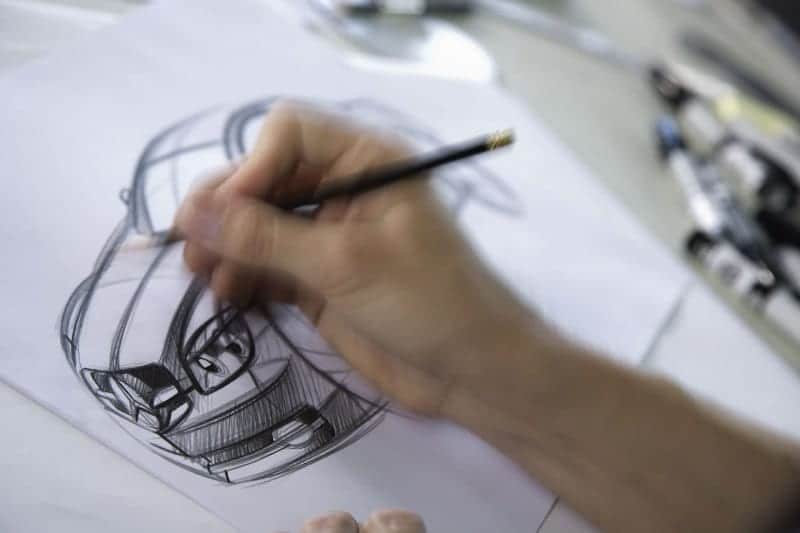
Industrial design is a variant that is directly related to graphic design. For example, one of the bases that they have in common is the importance of the sketch as a nucleus of representation and conceptualization.
Today I would like to share with you a very interesting book called «Guide to Drawing and Presentation of Product Designs» which is available in PDF format and which is completely free. In it, the importance of the sketch and drawing as a development phase is emphasized.
Industrial Design: Features
The birth of industrial design as a discipline is relatively new and the truth is that the definition of its concept and its implications have been specified over the years. Inevitably it has a more industrial or professional side, but it also has an aesthetic side that flirts with art. Today our discipline encompasses a great multitude of creative, aesthetic, formal, functional, ergonomic, social, and economic areas.
This has repercussions in several senses since its objectives and purposes will have a nature strictly linked to consumption, functionality and ergonomics, but also formal, symbolic purposes, even since behind the design there is a dialogue process, a discourse and a significant semantic load. Creativity is immersed in its process at the same time that its multiplicity, versatility and ambiguity give it a totally multifaceted character. Since behind each work and project there is the human being as the user and final recipient, the design will be the text that provides a fundamental factor of humanization and at the same time represents the cultural and economic exchange.
The first known definition of the concept of "design" appears in the Oxford Diccionary of the year 1588, in it is described as a plan or a sketch conceived by a man for something to be done. A first sketch drawn for a work of art or an object of applied art, necessary for the execution of the work.
Design and Drawing: Drawing Guide
The planning of graphic projects, as well as the conceptualization of certain works, is inseparable from the sketch or drawing as a preliminary tool. It is an intermediate phase that helps us to materialize, develop and nurture a first idea. Although we have traditionally drawn on paper using pencils, chalks, inks or charcoal, today this practice has evolved towards the digital habitat and by means of graphic tablets and computers we can draw in a tremendously simple way and obtaining optimum quality. This has caused great dilemmas in the community of creators and many are positioned in a somewhat catastrophic vision. Many cartoonists argue that new technologies have seriously harmed the profession of draftsman, but curiously we have to say that far from impoverishing the importance of drawing, they have reinforced it. Today it is much more precise to develop sketches of future products through graphic design software and even three-dimensional modeling and not only that, but they represent a considerable saving of time.
Through drawing we specify in a form the information that an abstract idea provides us. The importance of the sketch as a phase of the process is crucial in all visual arts including sculpture and architecture on the other hand, which, although not strictly framed within the field of the arts, follows a process very similar to that of any visual art. These sketches become the perfect base to establish a dialogue with co-workers and of course with the client. Through them we can highlight the most interesting aspects of our design and specify its characteristics. It is a first impression that will help us evolve and enrich our idea.
For this reason, having a good control of the drawing will be very important (although not essential) to capture the first lines of a product in an agile and simple way. Especially when we work in large companies or we have a large volume of work and we have to attend to different designs and products at the same time, the sketch is a first order way. In these cases, designers express their ideas quickly and at the same time precisely in schematic and simple forms that condense the main features of the ideas. The next step will consist of carrying out and developing an investigation to find out what materials we are going to need and also what techniques we are going to have to use to obtain the result we are looking for. The drawing provides the suggestive component that activates the imagination of the viewer who will inevitably participate to provide what is missing in the representation. That requires a certain sensitivity, which of course develops through experience.
You can download this book from the following link: Guide to Drawing and Presentation of Product Designs PDF